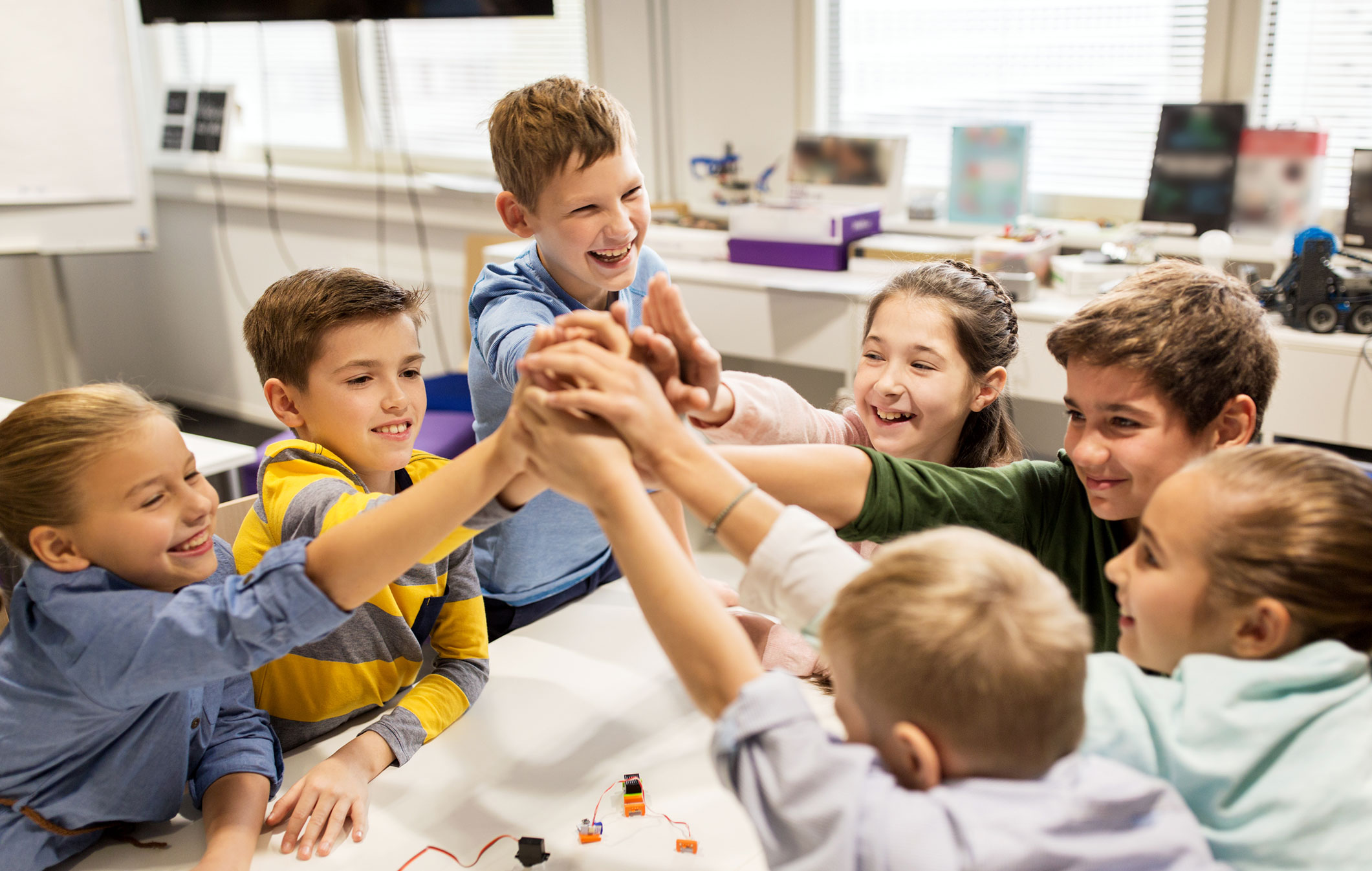
Cooperative Learning Making Group Work Productive
Cooperative learning is the instructional use of small groups through which students work together to maximize their own and each other's learning (Johnson et al. 1994).It is related to collaborative learning, which emphasizes that learning occurs as an effect of community (Johson and Johnson 1999).It is, however, contrasted with individualistic and competitive learning in which students.
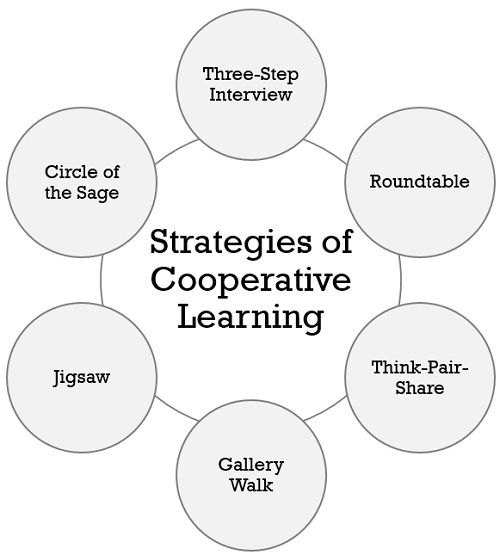
Difference Between Collaborative Learning and Cooperative Learning (with Strategic and
Part I: learning cooperative learning: challenges and innovations in pre- and in-service education. In Challenges for cooperative learning implementation: reports from elementary school teachers, Celine Buchs, Dimitra Filippou, Caroline Pulfrey, and Yann Volpé examine the beliefs of over. 200 practising elementary school teachers in.

The Difference in Cooperative Learning & Collaborative Learning Teachers With Apps
Cooperative Learning: Review of Research and Practice. Robyn M. Gillies The University of Queensland. Abstract: Cooperative learning is widely recognised as a pedagogical practice that promotes socialization and learning among students from pre-school through to tertiary level and across different subject domains.

PPT Cooperative Learning PowerPoint Presentation, free download ID2676335
Cooperative learning is an instructional strategy that enables small groups of students to work together on a common assignment. The parameters often vary, as students can work collaboratively on a variety of problems, ranging from simple math problems to large assignments such as proposing environmental solutions on a national level.
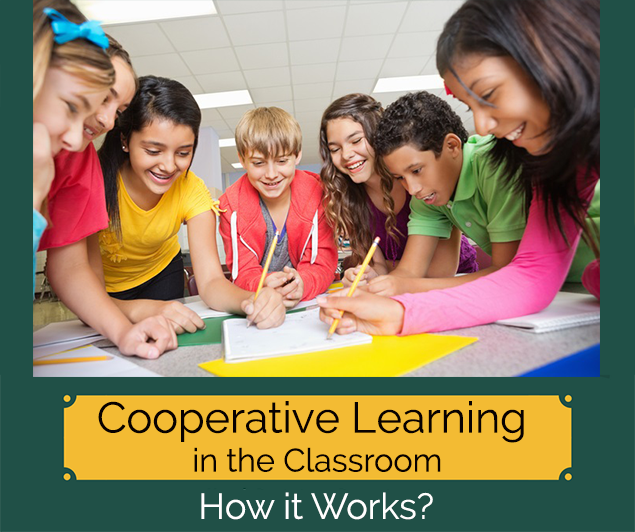
Learning Design 2 Cooperative Learning Danny’s Blog
Cooperative learning exercises can be as simple as a five minute in class exercise or as complex as a project which crosses class periods. These can be described more generally in terms of low, medium, and high faculty/student time investment. Cooperative learning can be used across a wide range of classroom settings ranging from small to large.

PPT Cooperative Learning PowerPoint Presentation, free download ID1405455
In the classroom, a cooperative learning lesson involves students working in small groups to accomplish a learning task. The task is assigned by the teacher with clear directions. Students then work on the task together with defined roles (i.e. reporter, spokesperson, researcher, recorder). Teachers who are effective at evaluating the group.
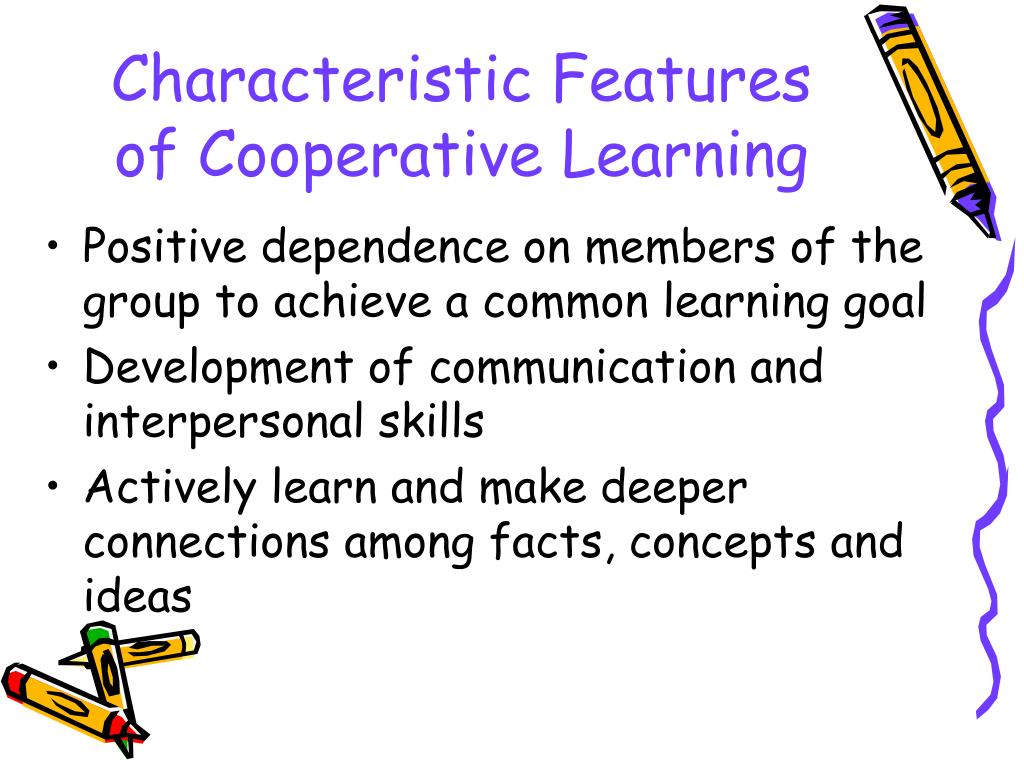
PPT Cooperative Learning PowerPoint Presentation, free download ID1834530
Cooperative learning is an organized and structured way to use small groups to enhance student learning and interdependence. There are many benefits of using cooperative learning in the classroom:

PPT Cooperative Learning PowerPoint Presentation, free download ID1834530
7.2: Theoretical Framework for Cooperative Learning. There are two major theoretical perspectives associated with cooperative learning: motivational and cognitive (Swortzel, 1997). First, because students perceive that their success or failure is dependent upon their ability to work together as a group, students are likely to encourage each.
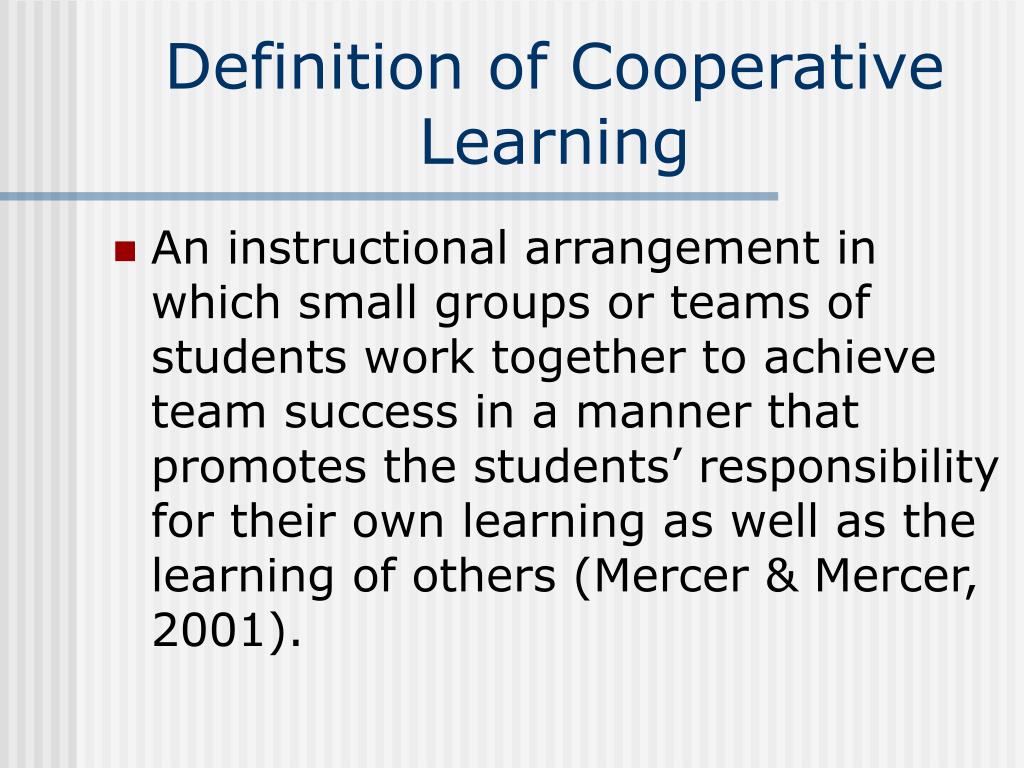
PPT Cooperative Learning PowerPoint Presentation, free download ID4759297
Cooperative learning involves an emphasis on the diversity rather than uniformity of instruction, which means that teachers can ensure that students are given tasks that they have the potential to accomplish. It also permits greater flexibility to adjust learning objectives, as teachers can adjust tasks to meet the needs of specific students in.
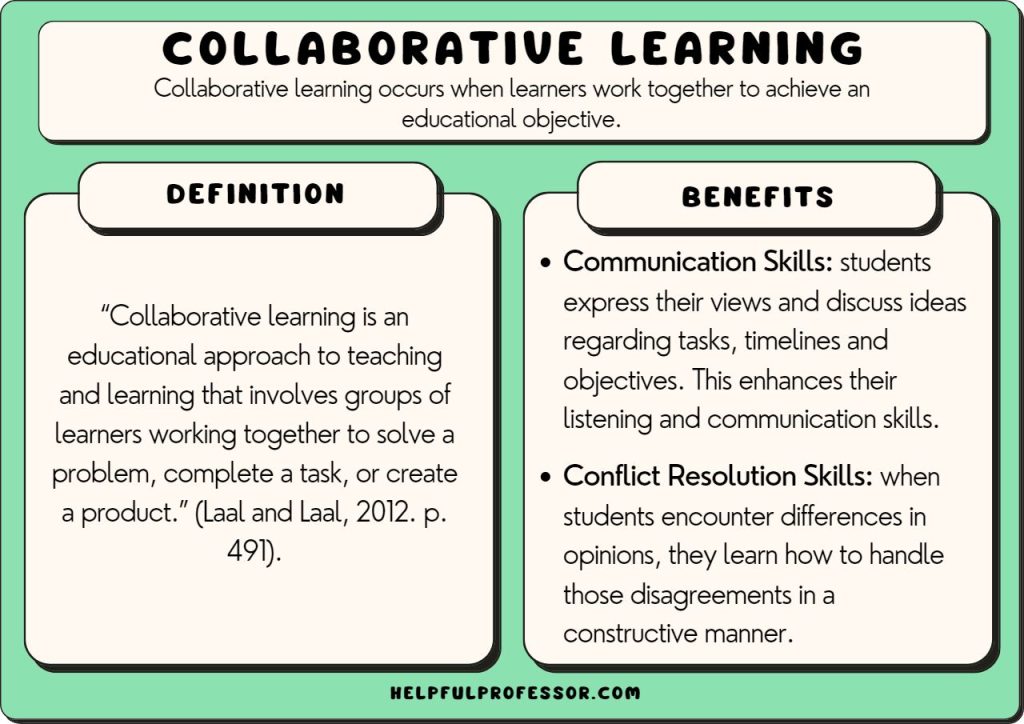
10 Collaborative Learning Examples (2023)
Cooperative learning is in contrast to individualistic learning, which has students work towards goals autonomously, and competitive learning, which pits students against one another to achieve.
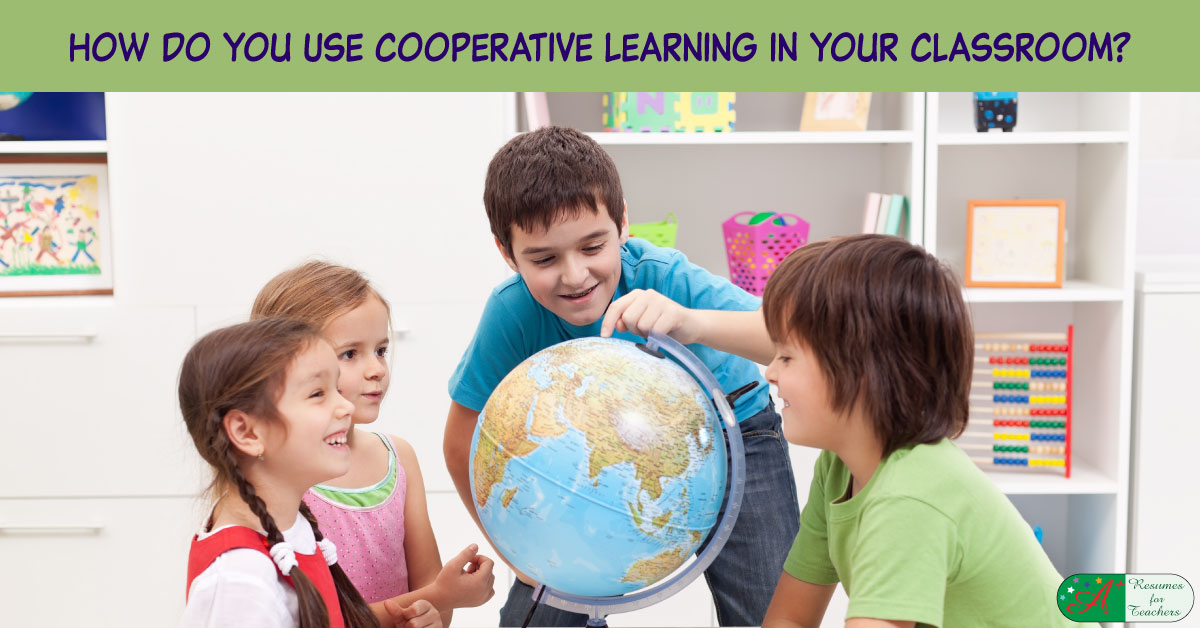
How to Use Cooperative Learning in Your Classroom
Cooperative education (or co-operative education) is a structured method of combining classroom-based education with practical work experience.. A cooperative education experience, commonly known as a "co-op" or work-study program, provides academic credit for structured work experiences, helping young people in school-to-work transition.It falls under the umbrella of work-integrated learning.
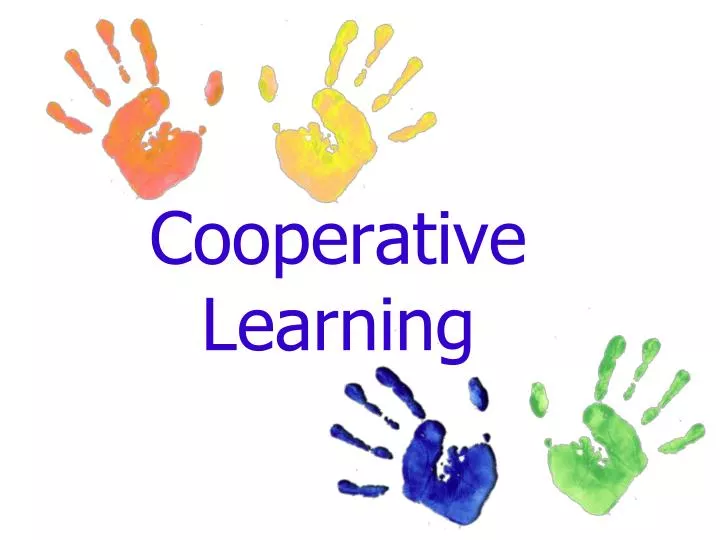
PPT Cooperative Learning PowerPoint Presentation, free download ID5892353
The term "cooperative learning" is typically used to define the instructional use of small groups in which students work together to maximize their own and each other's learning (Johnson and Johnson 1991).Cooperative learning has been found to be one of the most effective class-wide interventions in education, with an average effect size of 0.59 compared with individual learning being.

Collaborative vs Cooperative Learning Which Will Suit Your Course Best? EducateMe
Pillars of cooperative learning In their model of cooperative learning Johnson, Johnson and Smith, experts in cooperative learning, identified five essential elements or pillars of cooperative learning. They are: The extent to which high-performing schools use cooperative learning is consistent with research- or empirically-tested pillars of.

Collaborative Learning A Jetpack for Learning Organizations Management 3.0
Cooperative learning is an educational approach which aims to organize classroom activities into academic and social learning experiences. [1] There is much more to cooperative learning than merely arranging students into groups, and it has been described as "structuring positive interdependence." [2] [3] Students must work in groups to.
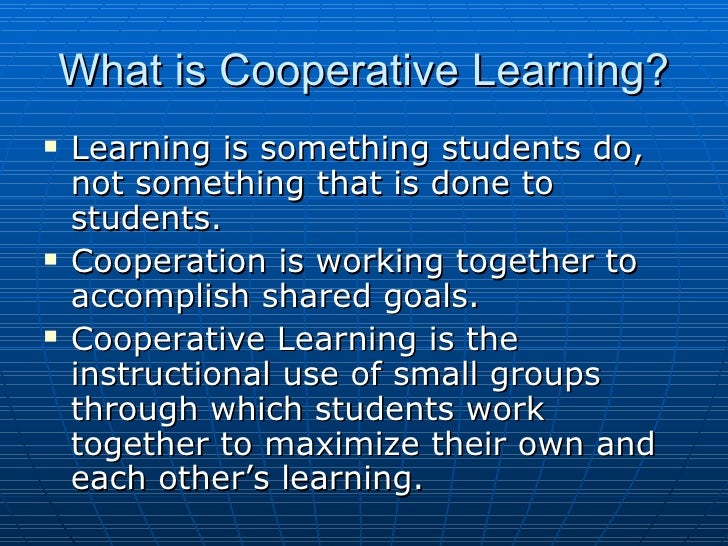
Cooperative Learning
Definition of Cooperative Learning. Students' learning goals may be structured to promote cooperative, competitive, or individualistic efforts. In every classroom, instructional activities are aimed at accomplishing goals and are conducted under a goal structure.. This is one of the largest bodies of research within psychology and education.

5 Tips For Bringing Cooperative Learning Into Your Classroom
Cooperative learning is a strategy used within groups of learners and aims to improve their learning experience and understanding of a learning subject. This type of learning strategy uses small group tasks and activities as a learning experience. Each member is responsible for learning new information and skills, and at the same time.
- Emergency Call 112 The Firefighting Simulation Download
- Senior Software Developer Salary Toronto
- Limpiar Discos Cepillo O Terciopelo
- Fruta Con Vaina
- Baloncesto Equipo Nacional De Infante Murcia
- Convención Sobre Prerrogativas E Inmunidades De Las Naciones Unidas Pdf
- Presidente De La Academia Del Cine
- Tout Vas Bien Ou Tout Va Bien
- Casi Todos Los Países Usan El Sistema Métrico
- Julio Iglesias Madison Square Garden
